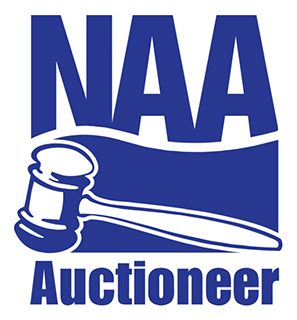For many centuries, man designed large bird-like winged costumes that they hoped would lift them into the sky, often with unsuccessful results. Modern flight began on June 4, 1783 in Annonay, France when the Mongolfier Brothers sailed their hot air balloon over the crowd gathered below. Reports state that the balloon may have reached heights of over 6,000 feet and travelled for over a mile. Since then, man has looked for ways to soar higher and reach greater speeds while increasing safety and comfort.
Airshiphangar.com credits Henri Giffard with flying the first dirigible from Paris to Trappers France in 1852. In 1863, Dr. Solomon Andrews used changes in buoyancy to propel and steer an airship and keep it on course.
NASA’s “History of Flight” webpage states that George Cayley designed gliders from 1799 to the 1850’s. He had a young boy pilot one of his creations. In 1891, Otto Lilienthal developed a glider that could fly a person over long distances. Also in that year, Samuel Langley built an unmanned airplane model that flew three quarters of a mile powered by a steam engine.
Advances in dirigibles were taking place at the same time as airplanes. On July 2, 1900 – Count Ferdinand Graf von Zeppelin flew his first rigid airship, the LZ1, over Germany. On August 24, 1914 a zeppelin raid made Antwerp, Belgium the first city to be bombed from the air.
In 1894 Octave Chanute published a book containing much of the technical knowledge on aviation that was then available. Orville and Wilbur Wright used this information when they flew their famous flight powered with a 12 horsepower engine on December 17, 1903 in North Carolina.
We are aware of more modern advancements in aviation whenever we board a plane. Air travel is the preferred method and sometimes the only solution for those traveling great distances.
Air travel memorabilia collectors covet a wide variety of items. Airline posters are very desirable. We sold one around 20 years ago from a Colorado ski resort. It was from around the 1940’s and the artist pictured a vintage aircraft flying over skiers below. There was considerable interest for this piece among multiple bidders resulting in a selling price well over $1,000.
Large metal desk model airplanes can also command strong prices. Many of these had very small production runs and were available only to a select few such as aircraft executives and travel agents. Some versions of these can also run into the $1,000’s. Even old wooden aircraft propellers can sell for four figure amounts if they are from a scarce aircraft.
War related aircraft items have cross over appeal. Military and air memorabilia collectors often may both want a piece, increasing its value. World War II leather bomber jackets and pilot’s helmets are always in demand. This field is an area that continues to remain strong despite the economic slowdown. When we offer a great piece of aeronautic history, we often see selling prices reaching the stratosphere!
For serious airplane collectors, we are offering an engine from a P40 or P51 World War II Mustang at our online auction in Swansea, MA. For the mechanically inclined, this would be the key piece in restoring a P40 Warhawk or P51 Mustang. The preview is on November 23rd, 30th and December 1st between 9:00 AM and 3:00 PM if you’d like to view these items in person. We also have a 1947 Chris Craft boat that needs restoration, a wide range of antiques, machinery and other items pictured on our website.
If you have any questions about antique auctions and estate sales, call Wayne Tuiskula, Auctioneer/Appraiser at 508-612-6111 or email us today.
Our articles are published in the Webster Times, Spencer New Leader, Auburn News, Blackstone Valley Tribune, Charlton Villager, Killingly Villager, Putnam Villager, Sturbridge Villager, Thompson Villager and Woodstock Villager.




